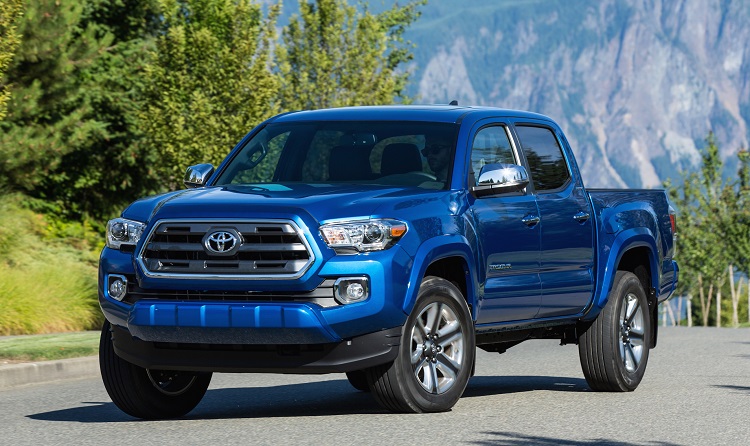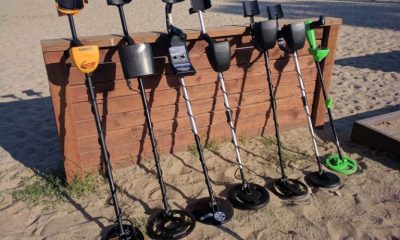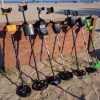Sports
The Whats and the Hows of Inline Skates
Why waste away in front of your computer on the weekends when you can get out into the world and enjoy fun recreational activities with your friends? Many of them allow you to combine physical activity with socializing. When it comes to recreational activities, we all have different preferences. Some might choose a classic sport like football or tennis, while others are more inclined to skateboarding or cycling. If you’re looking for a more fun activity that takes less time to master, you should opt for inline skating.
Inline skating is a popular trend that never goes out of style. This activity is suited for anyone, regardless of age, gender or skill level. Apart from being relatively easy to get into, today’s new and improved women and mens rollerblades are designed with maximum safety, security and comfort in mind. They’re designed to fit multiple skill levels and different tastes when it comes to aesthetics.
Versatile Designs
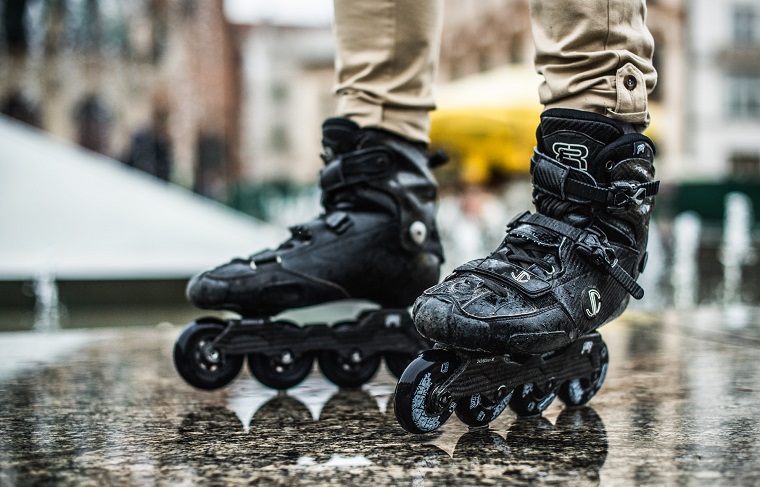
The roller skates of today are much different than they were a few decades ago. Not only do they provide more security and comfort, but they also offer a superior aesthetic. Today, mens inline skates come in versatile and stylish designs. They’re much more fashionable than the uniform solid-coloured skates from the past. Similarly, women’s inline skates come in a range of different colours that can fit into any style combination.
What Is the Difference Between Men’s and Women’s Skates?
A lot of people think that men and women’s skates only differ in aesthetic. However, there are a few crucial differences between them that are based on the difference in our anatomies. For this reason, it’s important to look for skates that are designed for your gender specifically.
Men have wider feet than women, so mens inline skates have a wider foot shape. On the other hand, women’s skates have a narrower shape. Their sizes go according to shoe sizes, so a size 9 women’s skates won’t be the same as size 9 men’s skates. Another difference is the position of the cuffs. Women’s skates have their cuffs positioned lower to compensate for their lower calves, while men have their cuffs positioned higher.
What Are the Components of an Inline Skate?
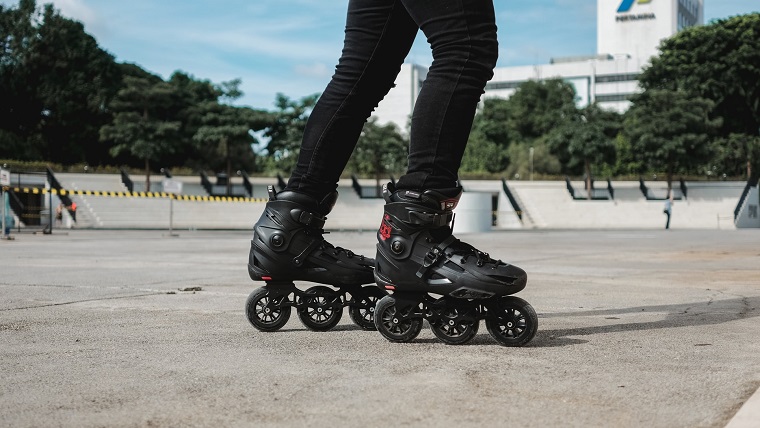
Inline skates consist of six main elements.
Liner
This is a very important part of the skate. If you choose an ill-fitting liner, your skating experience will be pretty uncomfortable. The four different types of liners are standard, auto-fit, memory-fit and heat mouldable. Standard liners are made from foam materials and provide basic comfort and padding. On the other hand, auto fit and memory liners have pads that adjust to the form of your foot and give you more support. Heat mouldable liners are not as popular. They’re designed to be heated and placed on the foot to cool and re-harden while taking on its shape.
Cuffs
These elements give your skates their stability. The two main types are plastic and carbon cuffs. Plastic cuffs are durable, responsive and they offer skaters great support. However, carbon cuffs provide even more stability and support, being ideal for more hardcore skaters.
Closure System
Today’s inline skates are available in five different types of closure systems. These are – standard lacing, ratchet buckles, Velcro straps, quick lace and boa lacing. While standard lacing was the original closure system, today’s skates include several systems to make sure they’re securely strapped on your feet.
Frames
There are three different types of frames: plastic, aluminium and carbon frames. Plastic frames are less durable and heavier than the other two types, which increases the weight of the skate. Aluminium and carbon frames are lighter, stiffer and provide more efficiency for skaters.
Wheels
Back in the 90s, skates were manufactured with ineffective plastic wheels that used to break easily. Today they’re made from polyurethane and they’re significantly more durable.
Brakes
Nearly all skates have brakes, whether on both skates or just on the right skate. However, there are certain types of skates that come without a brake system. These are usually meant for more advanced skaters.
Skates for Different Skill Ranges

Depending on whether you’re a recreational or a more advanced skater, you will need a pair of skates that will match your skill level.
Recreational skates are usually designed with standard liners, plastic cuffs and plastic frames. They have smaller wheels and a more upright riding position. These skates provide easy control, but they’re not designed for skating at high speeds.
On the other hand, performance skates are designed with high-quality liners, aluminium frames and carbon cuffs. While recreational skates are primarily designed for skating on smooth surfaces such as sidewalks, performance skates are more durable and can withstand rougher terrains. Performance skates also have larger wheels that go over 100mm which allow them to pick up more speed
Lastly, if you’re the type that enjoys soul skating and doing sick tricks – the aggressive skates are just the right type for you. These are designed to bring freestyle fun to any place you’re allowed to skate at. They’re ideal for grinding on rails and ledges and are sometimes even sold without the two middle wheels. This provides more flexibility when doing tricks.
4 Wheel Skates vs. 3 Wheel Skates
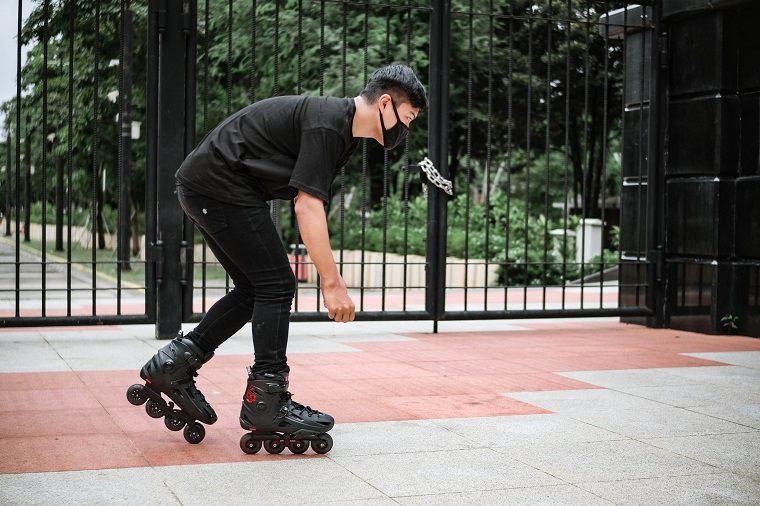
On the topic of skate wheels, today we have skates containing 2,3,4 or 5 wheels, with some rare models containing even 6 wheels. The most popular ones are the 4-wheel skates, closely followed by those with 3 wheels. However, the question many people ask is – are 4-wheel skates better than 3-wheel skates? There is no simple answer to this question since both types have their unique strengths and weaknesses. 4-wheel skates are more common among beginners. They provide great manoeuvrability and stability, but they slightly lack speed.
To increase their speed, manufacturers have increased their frames and wheel sizes; however, these models proved to be more difficult to manoeuvre. For this reason, they tried removing one wheel and creating the 3-wheel skates (or tri skates). While these models give excellent speed and manoeuvrability, they’re taller than the 4-wheel skates and more challenging to master. This is why they’re recommended for more advanced skaters, rather than beginners.




